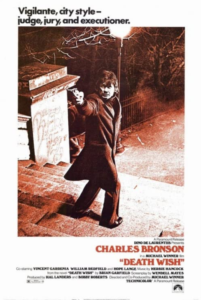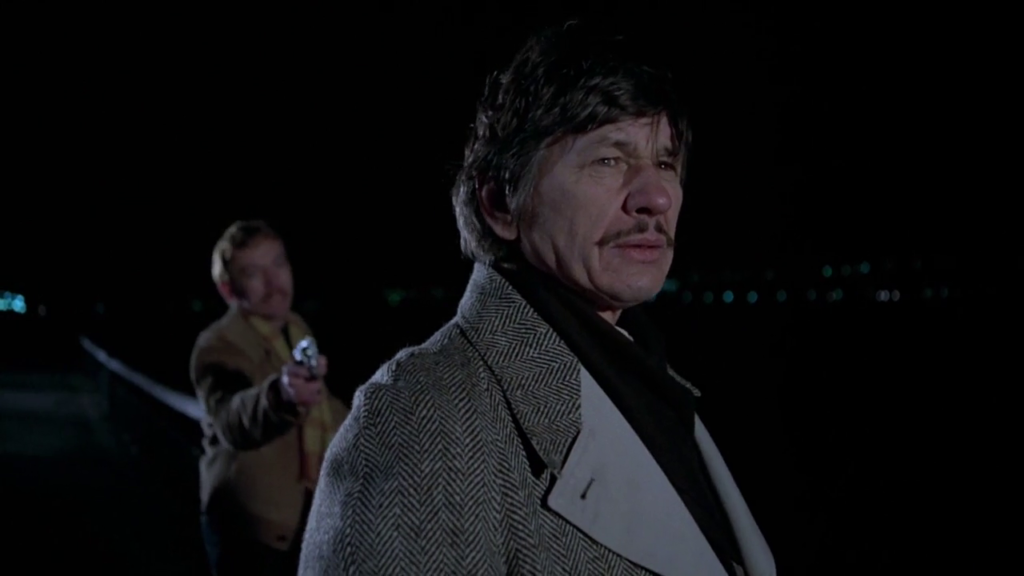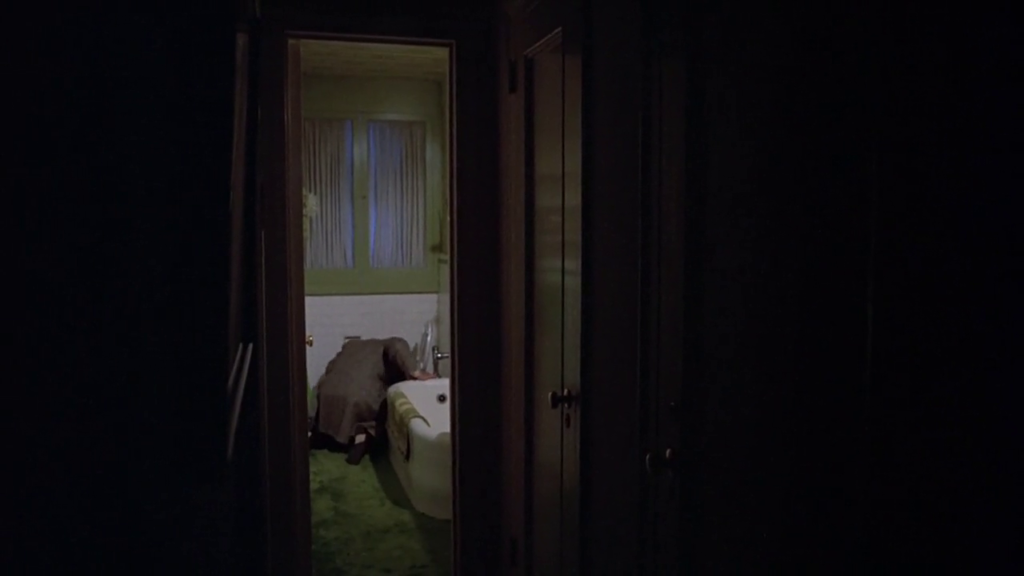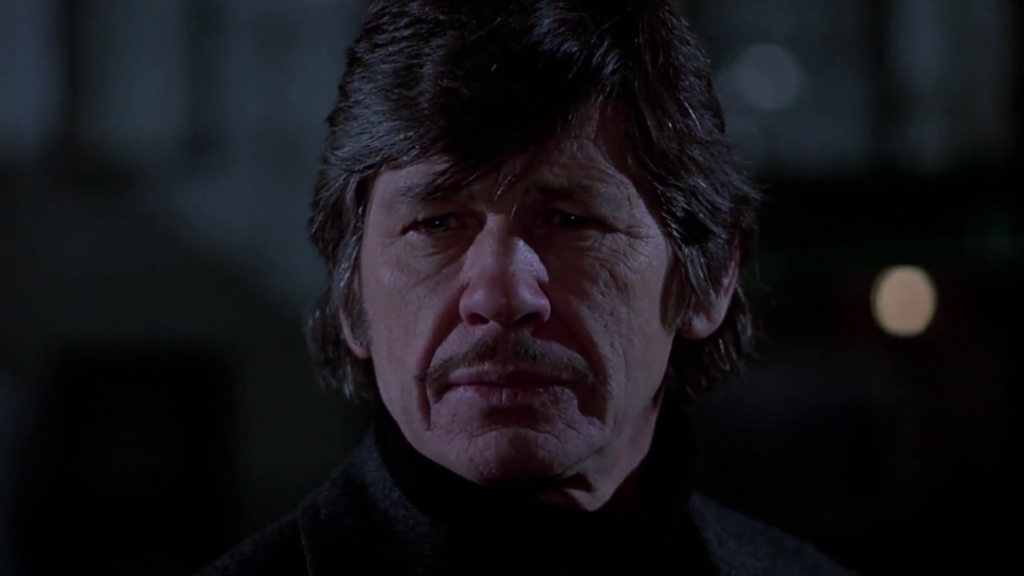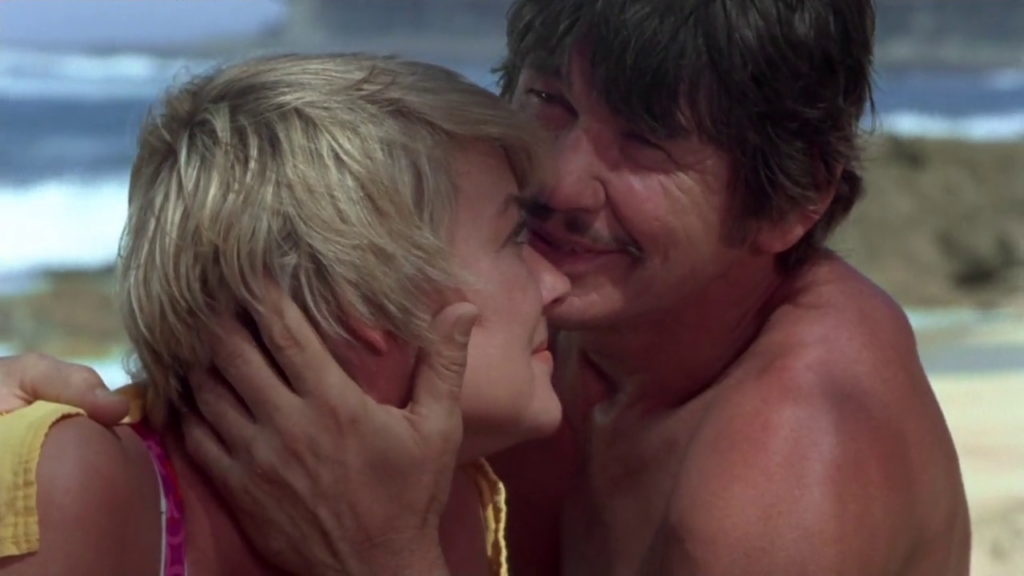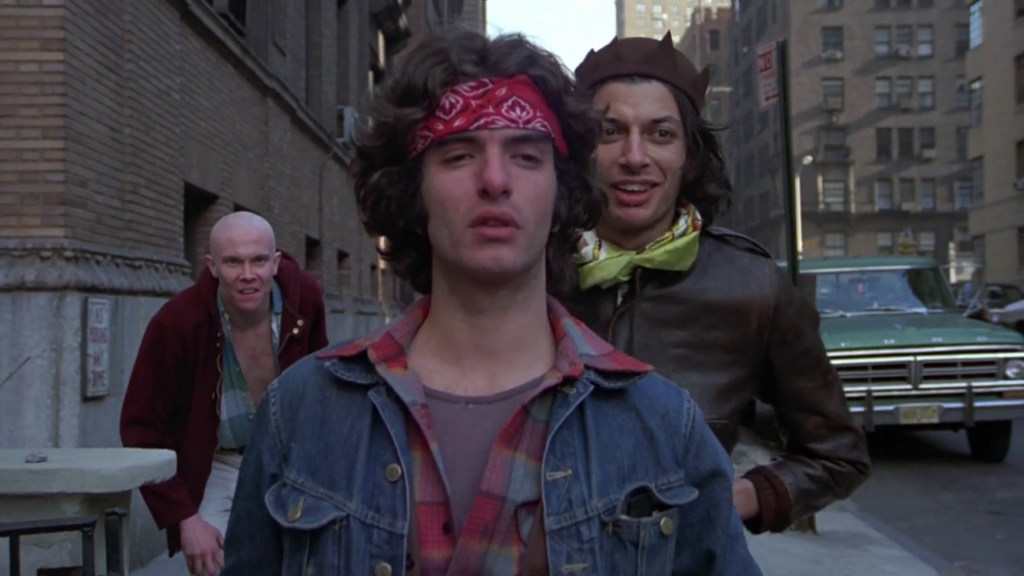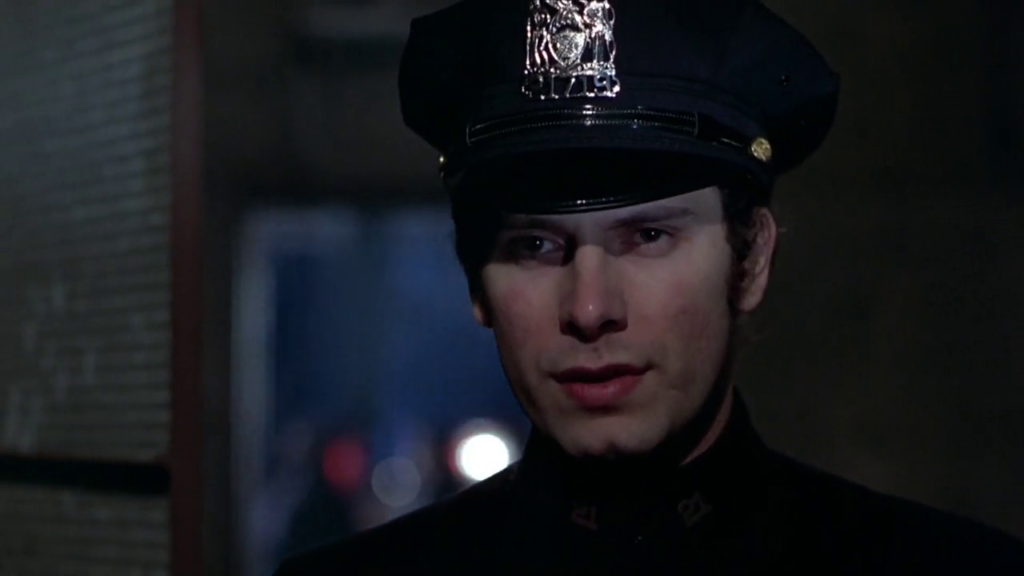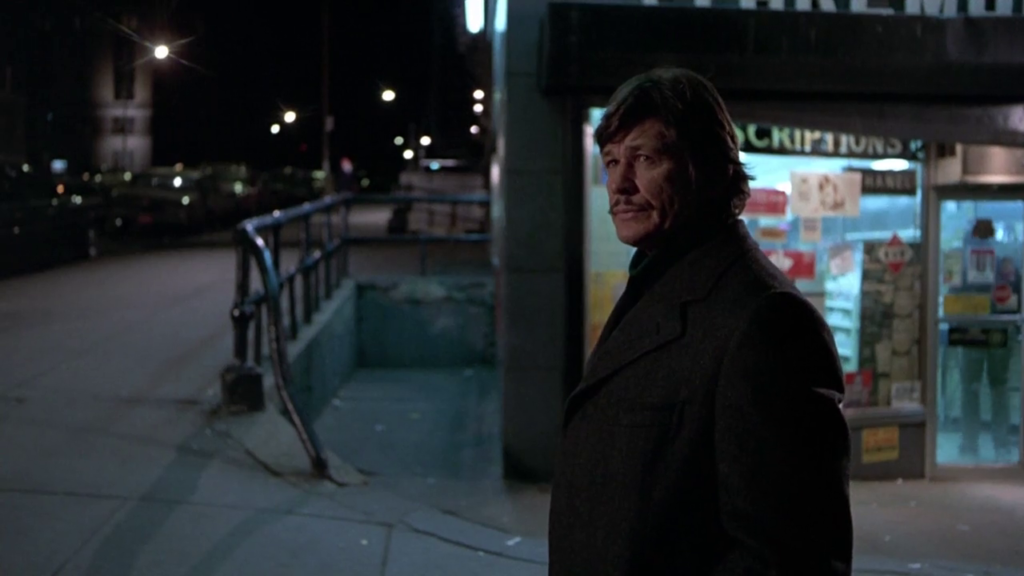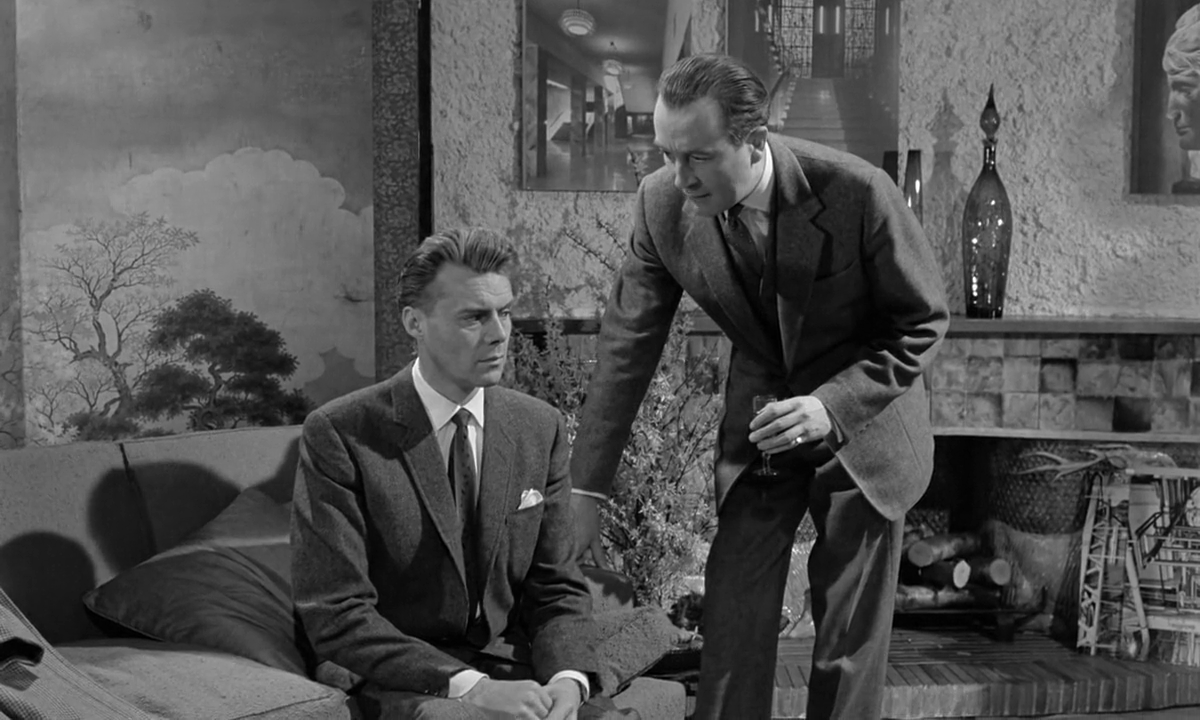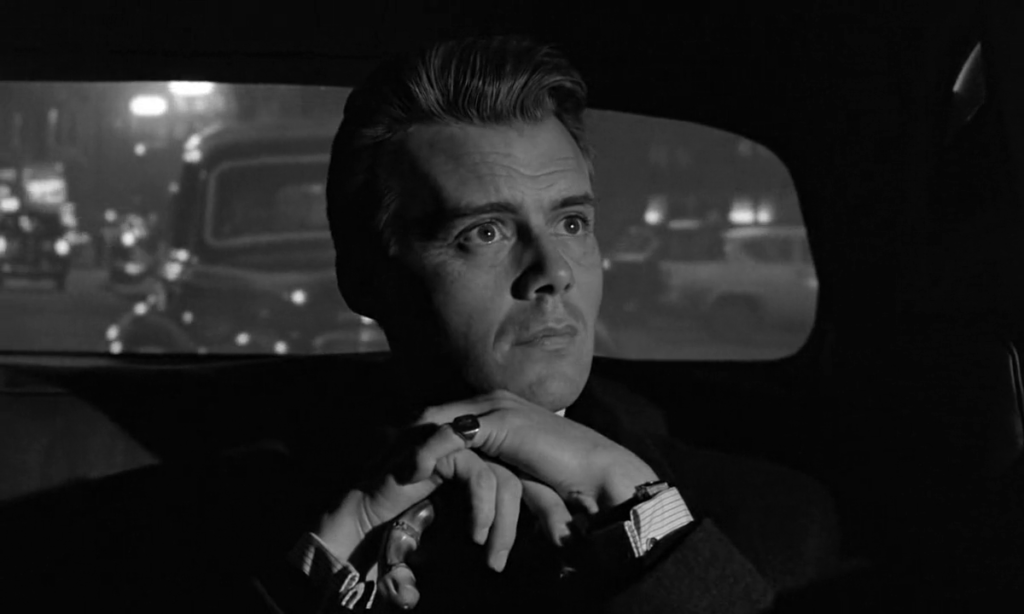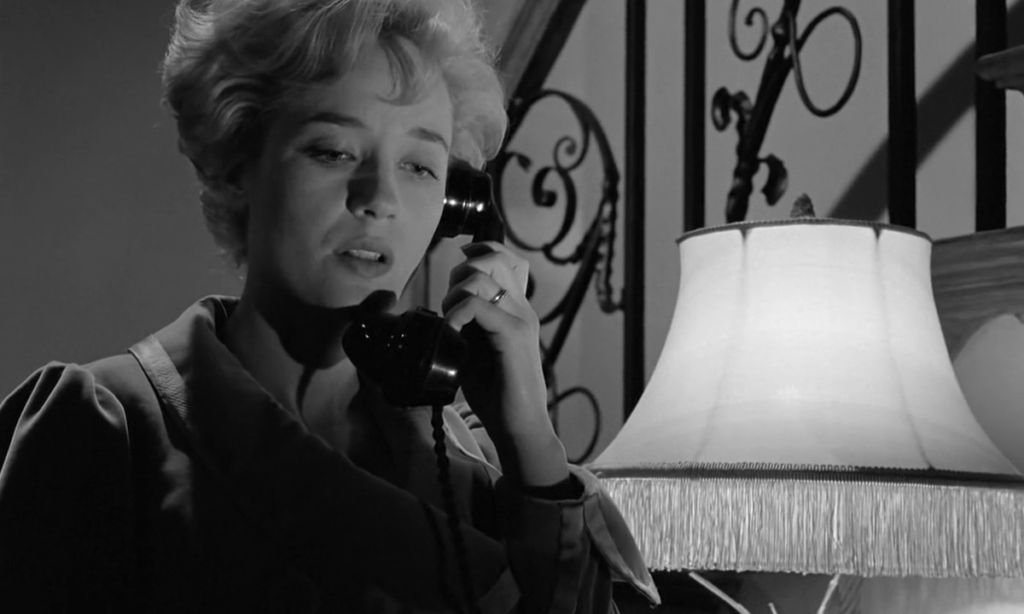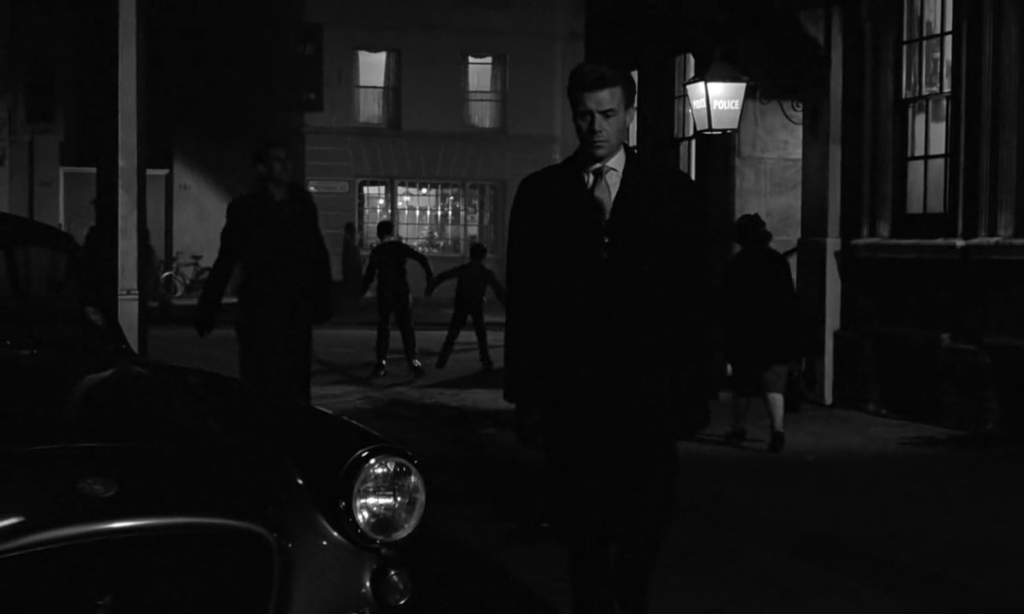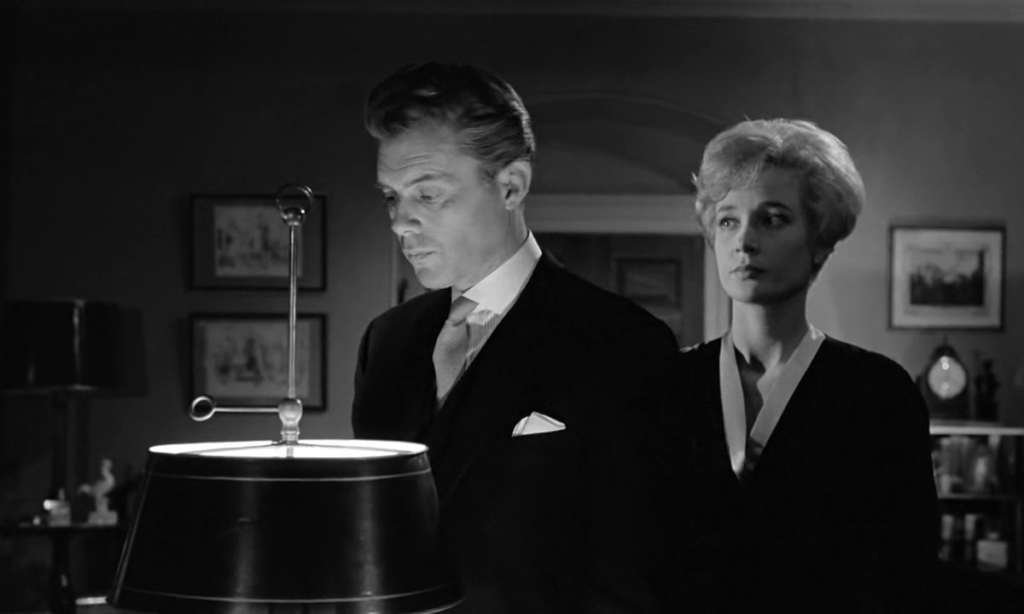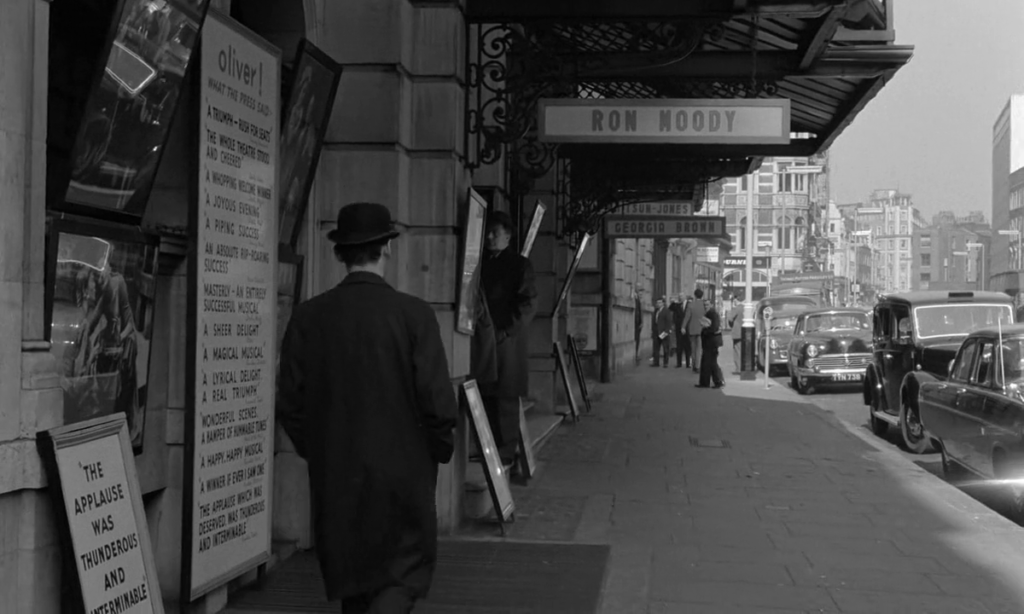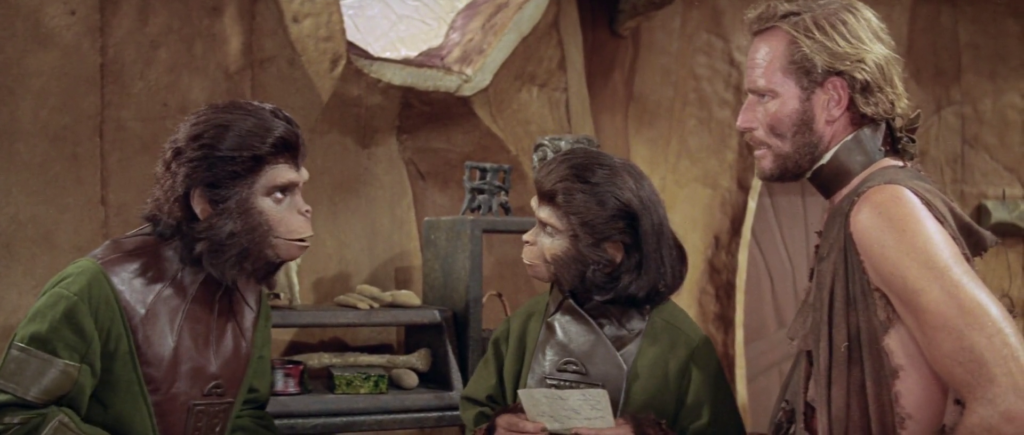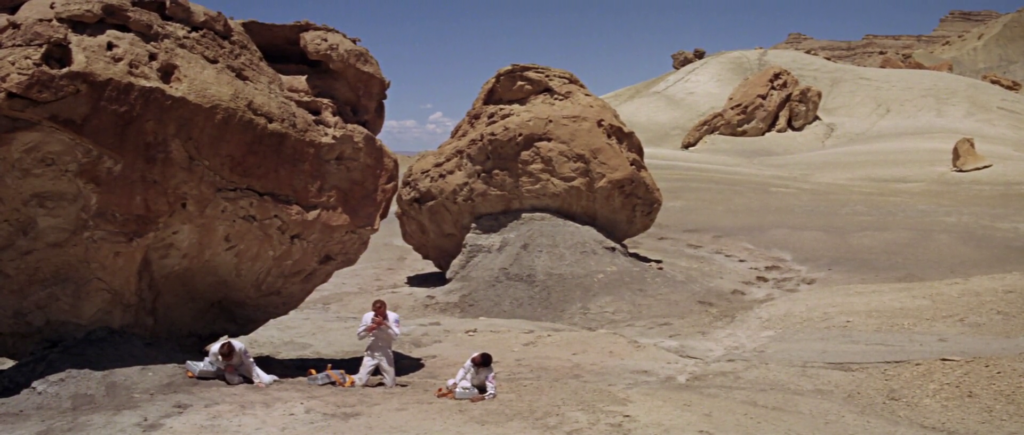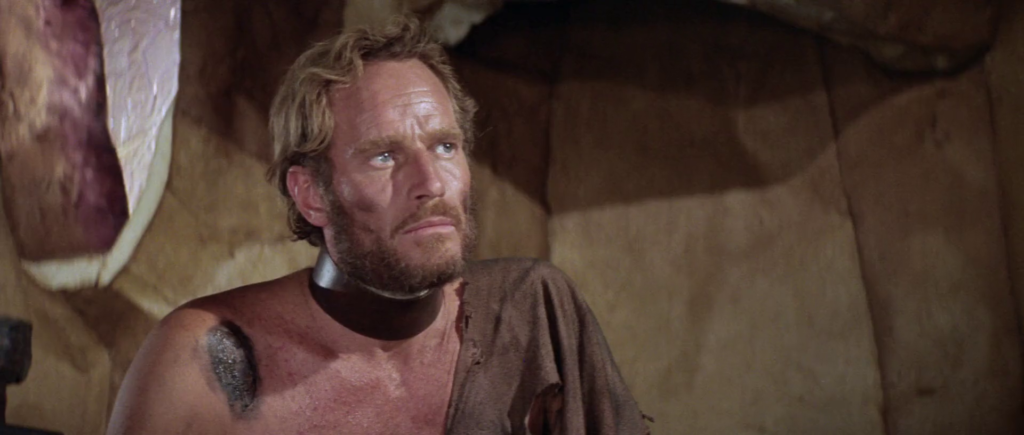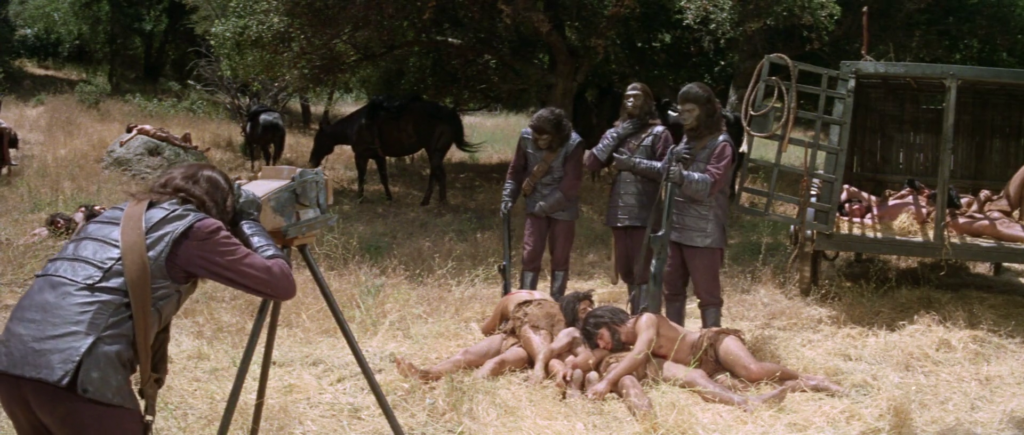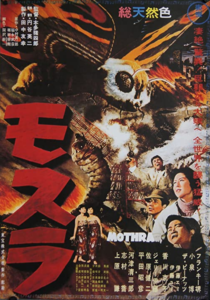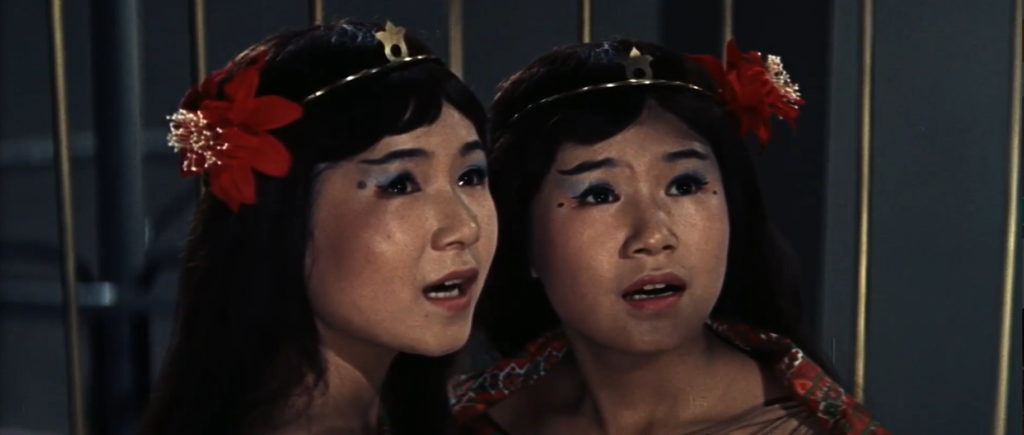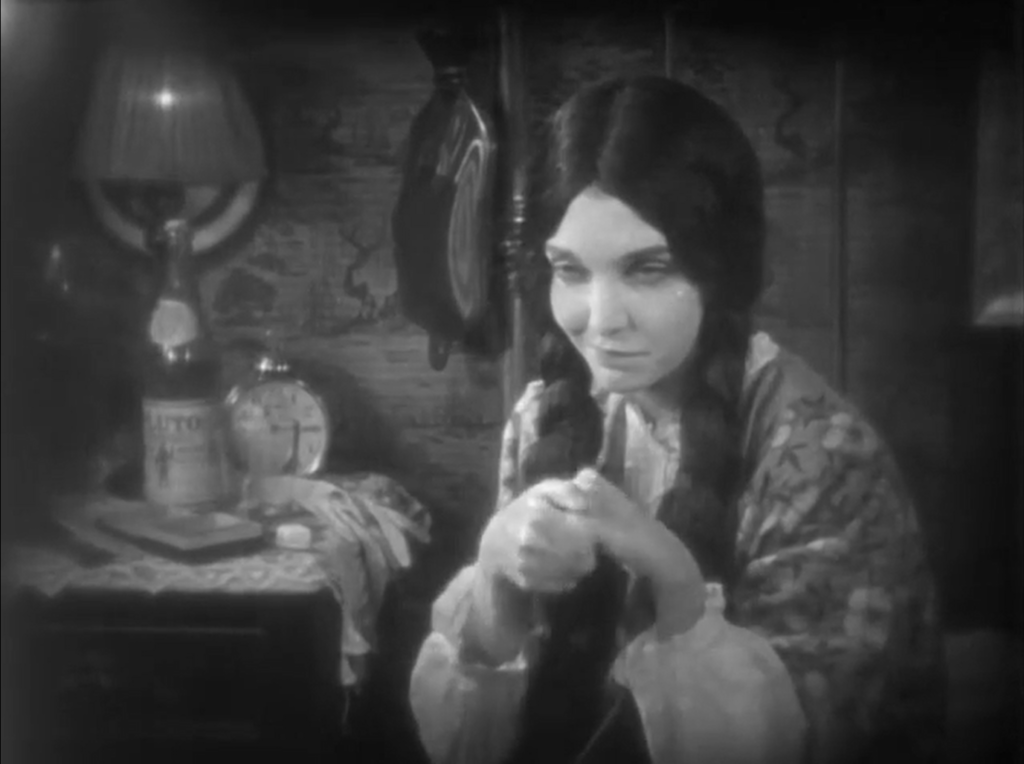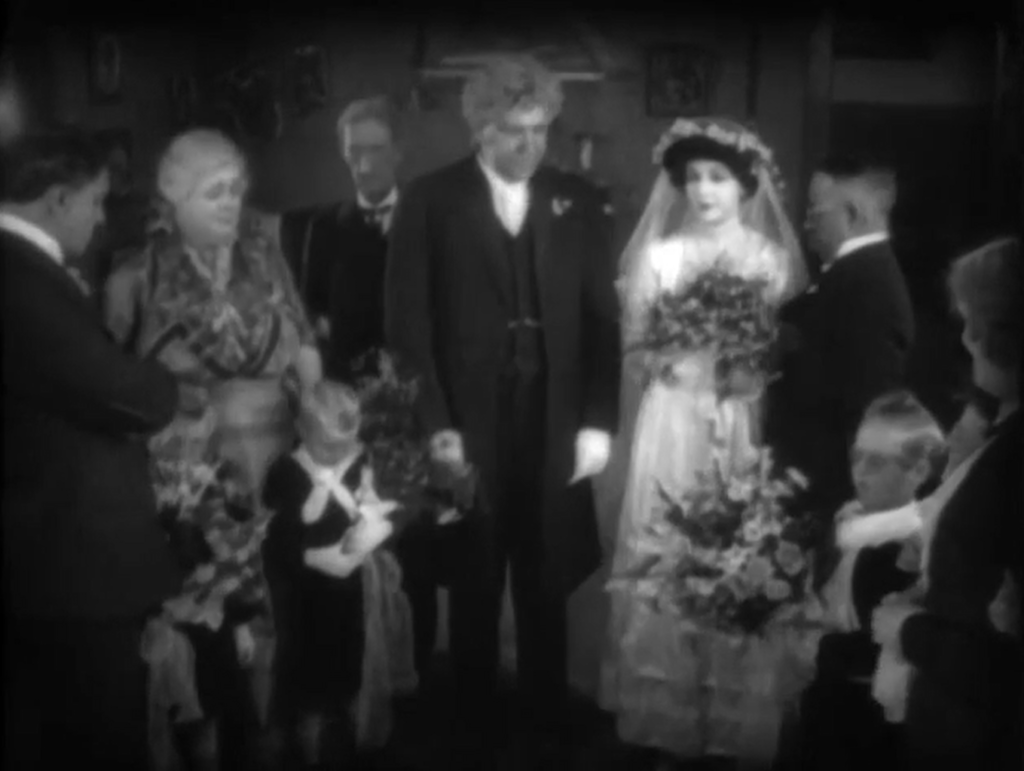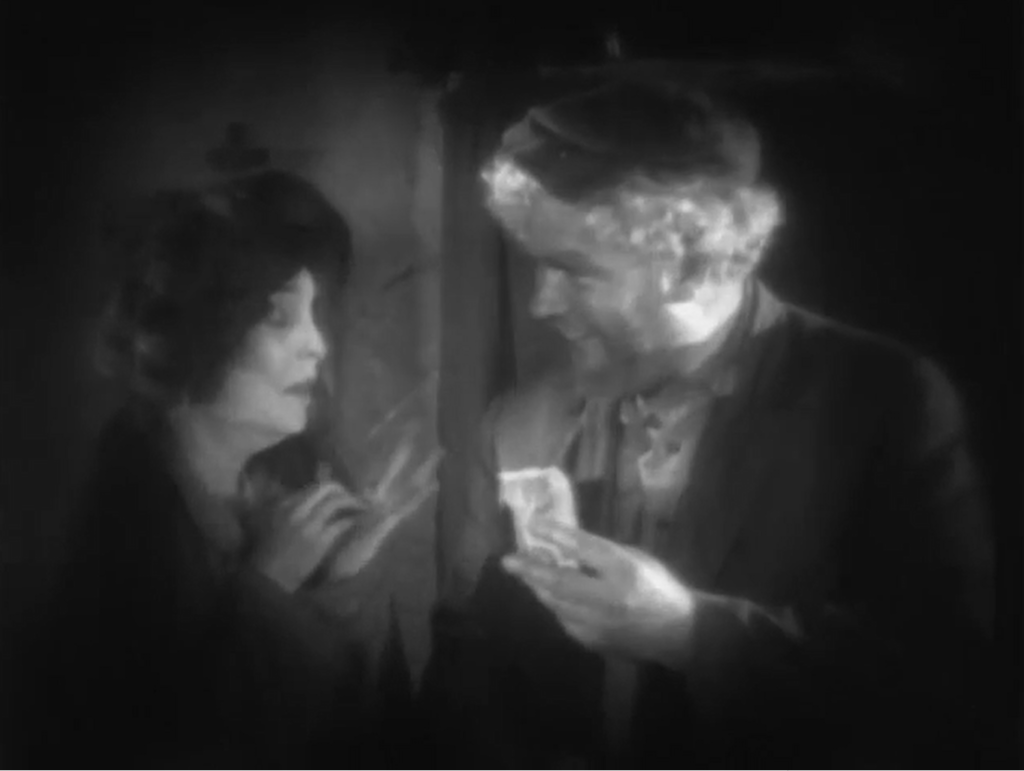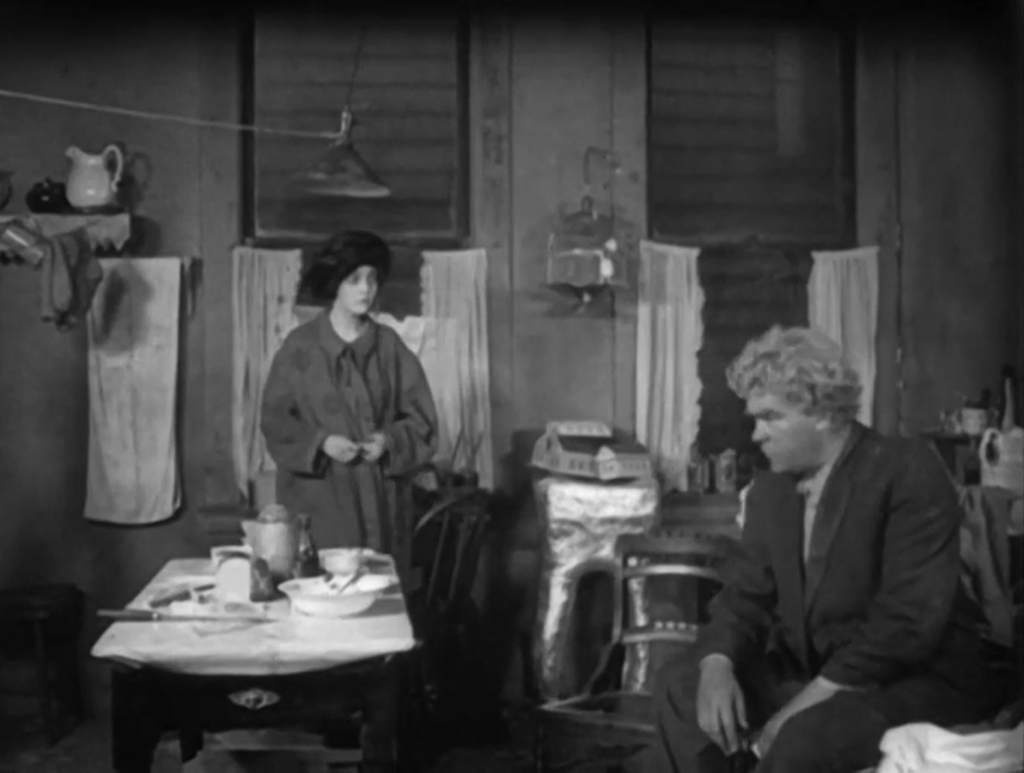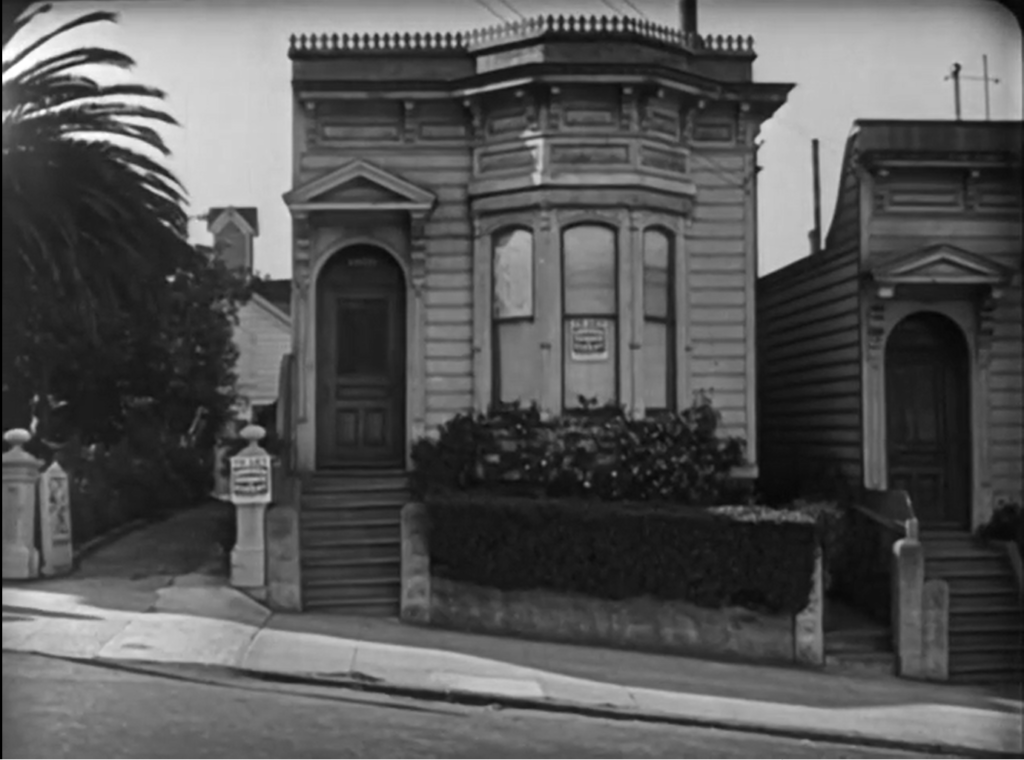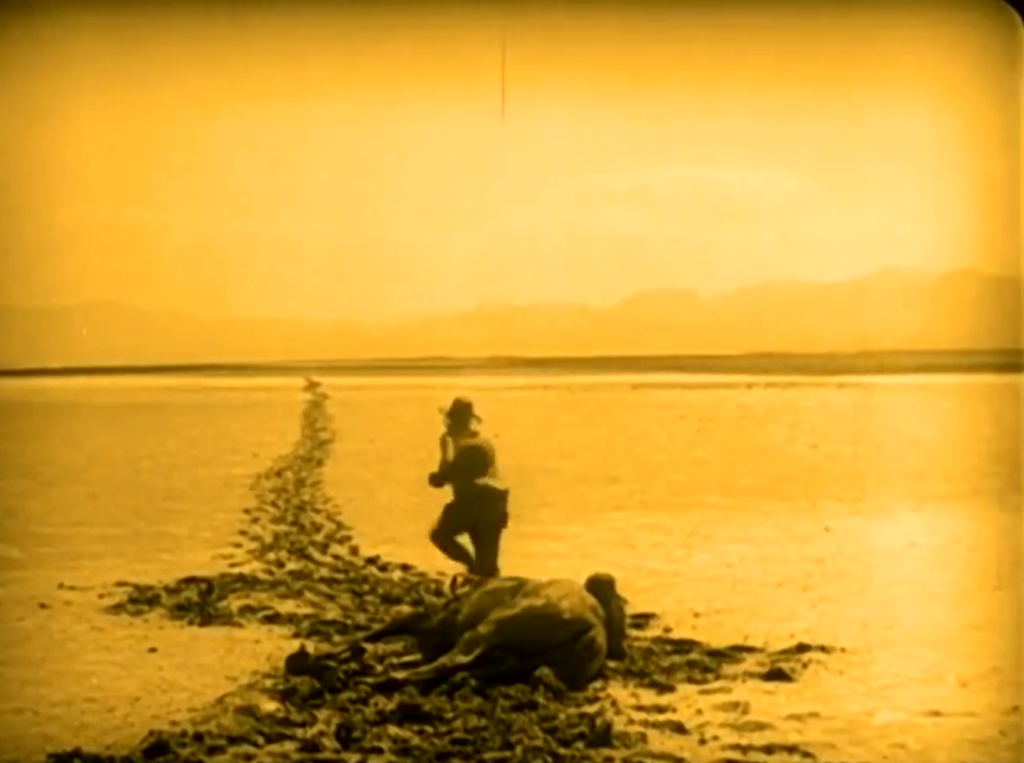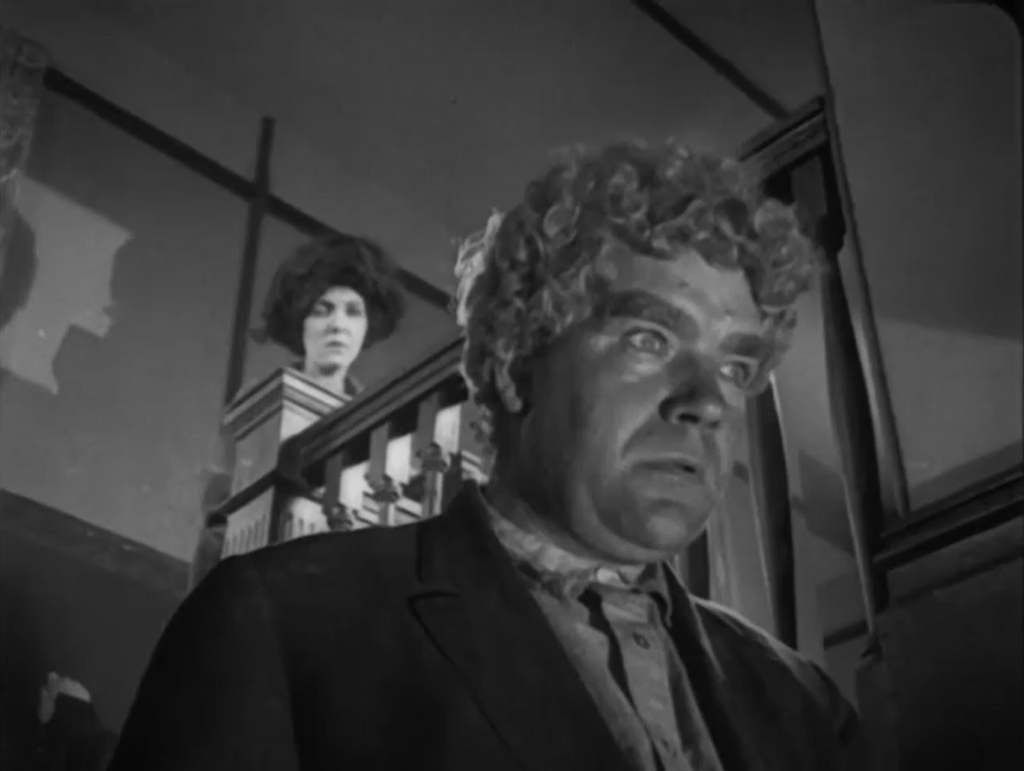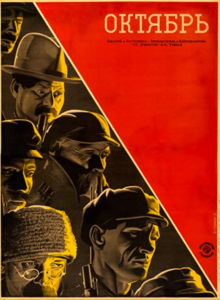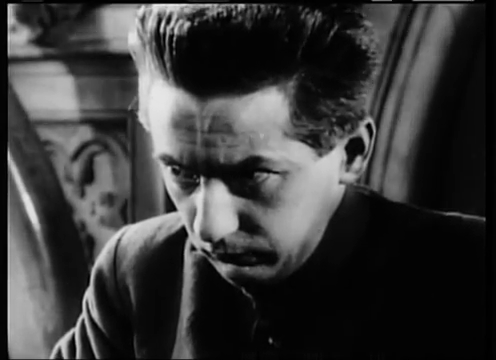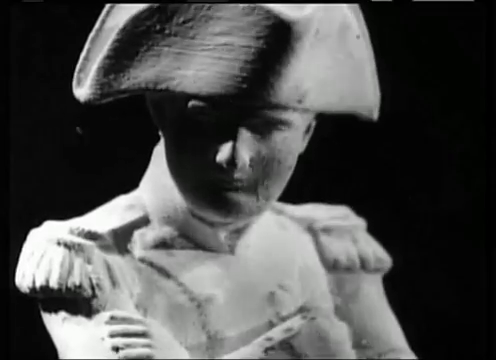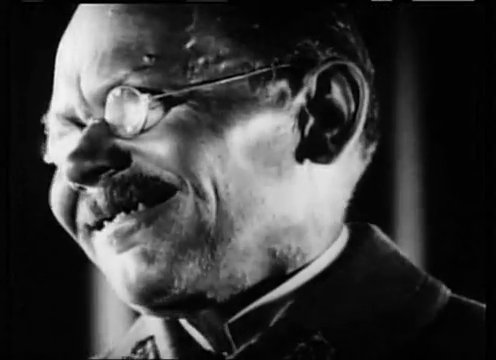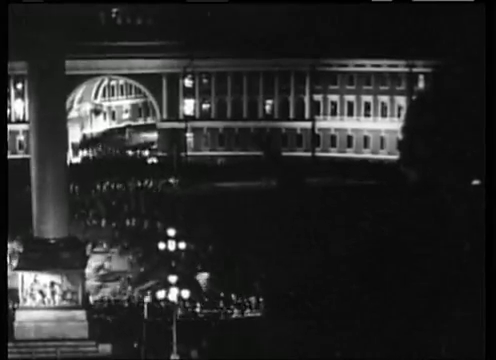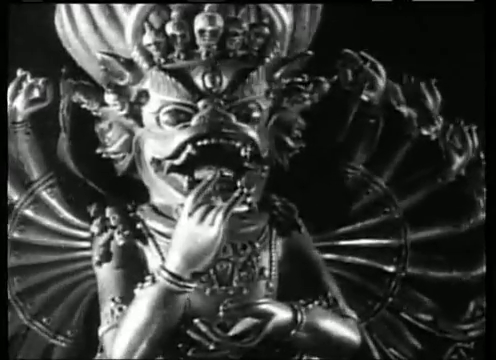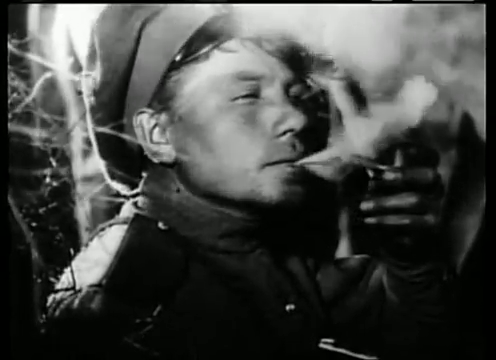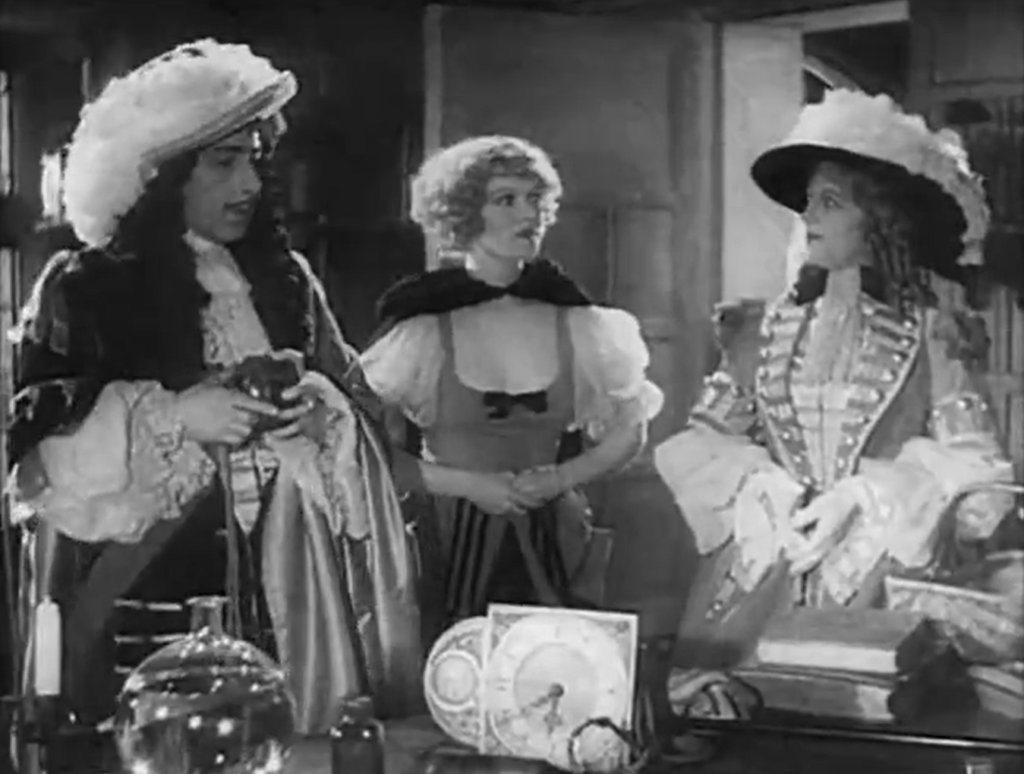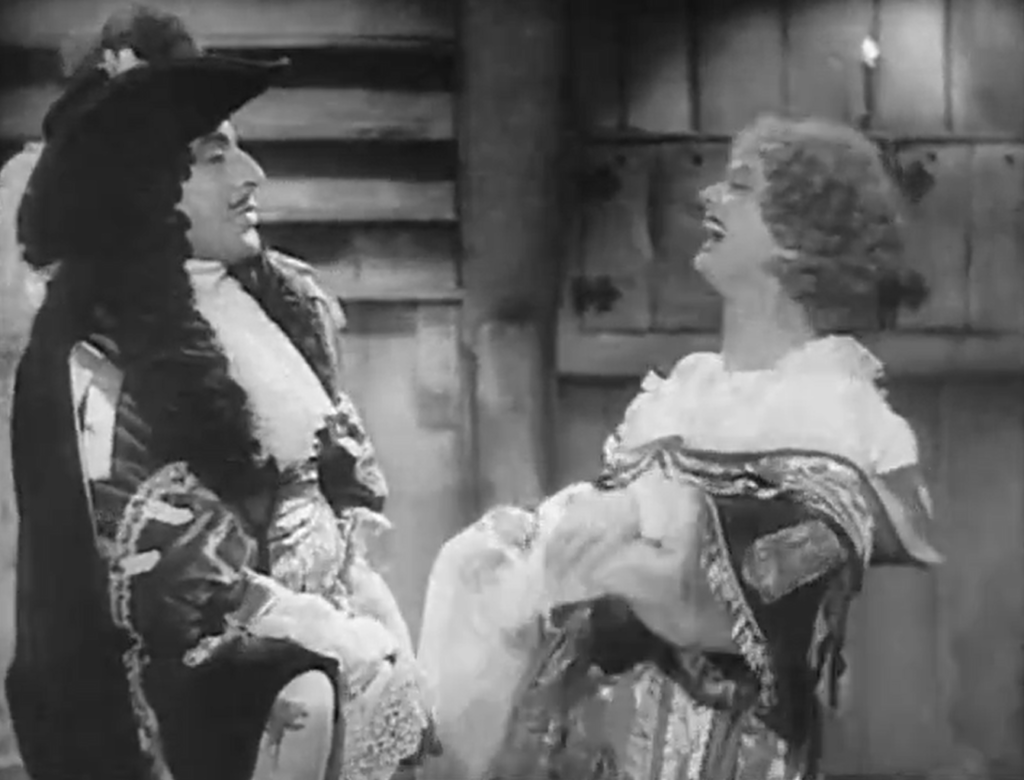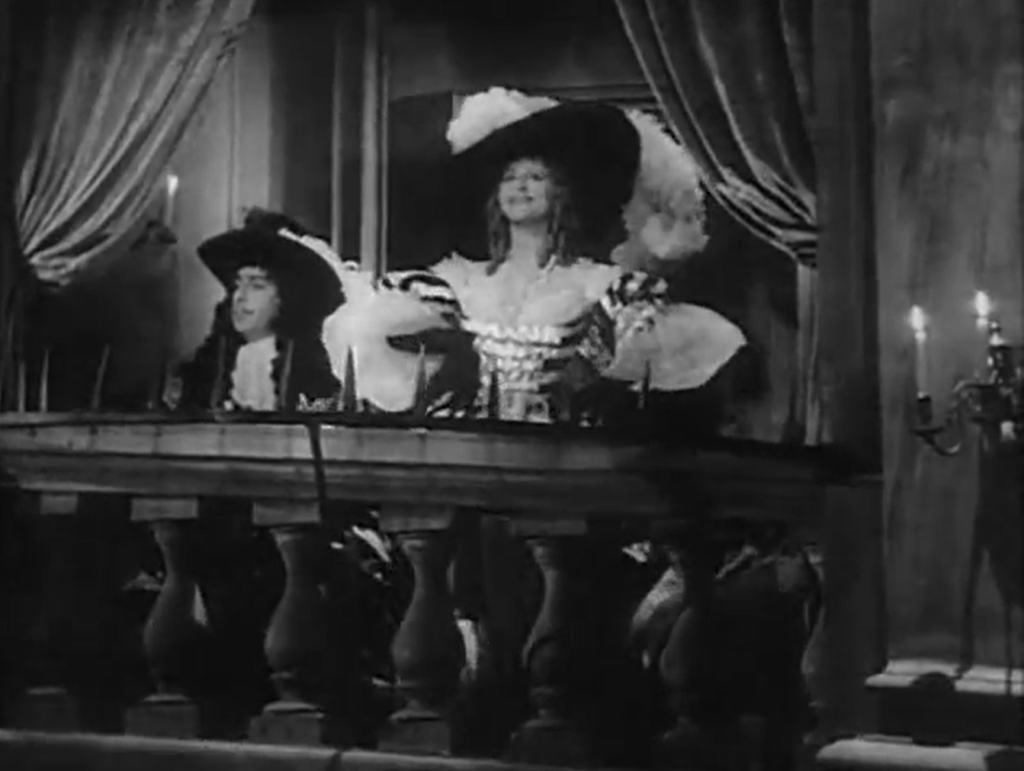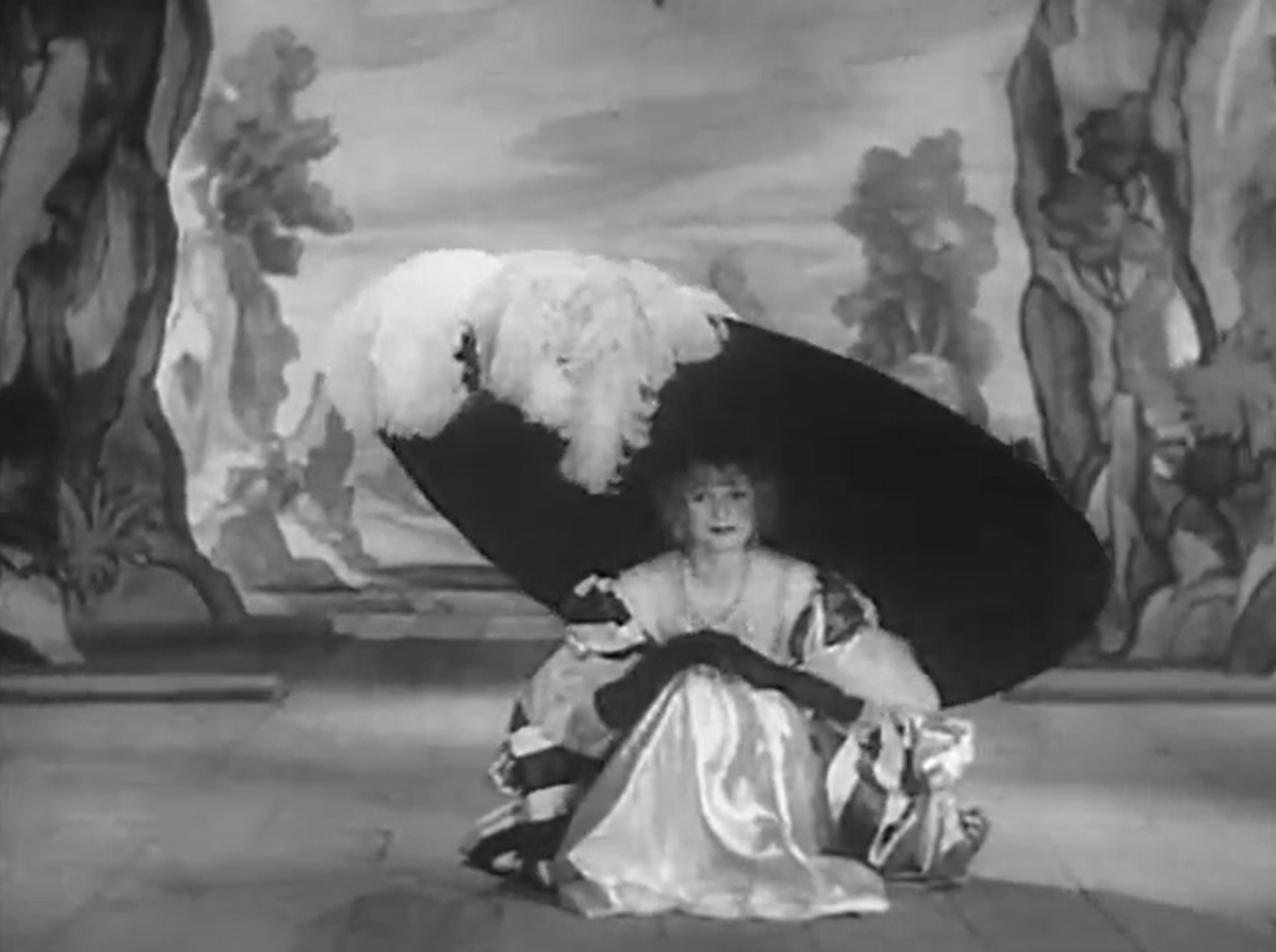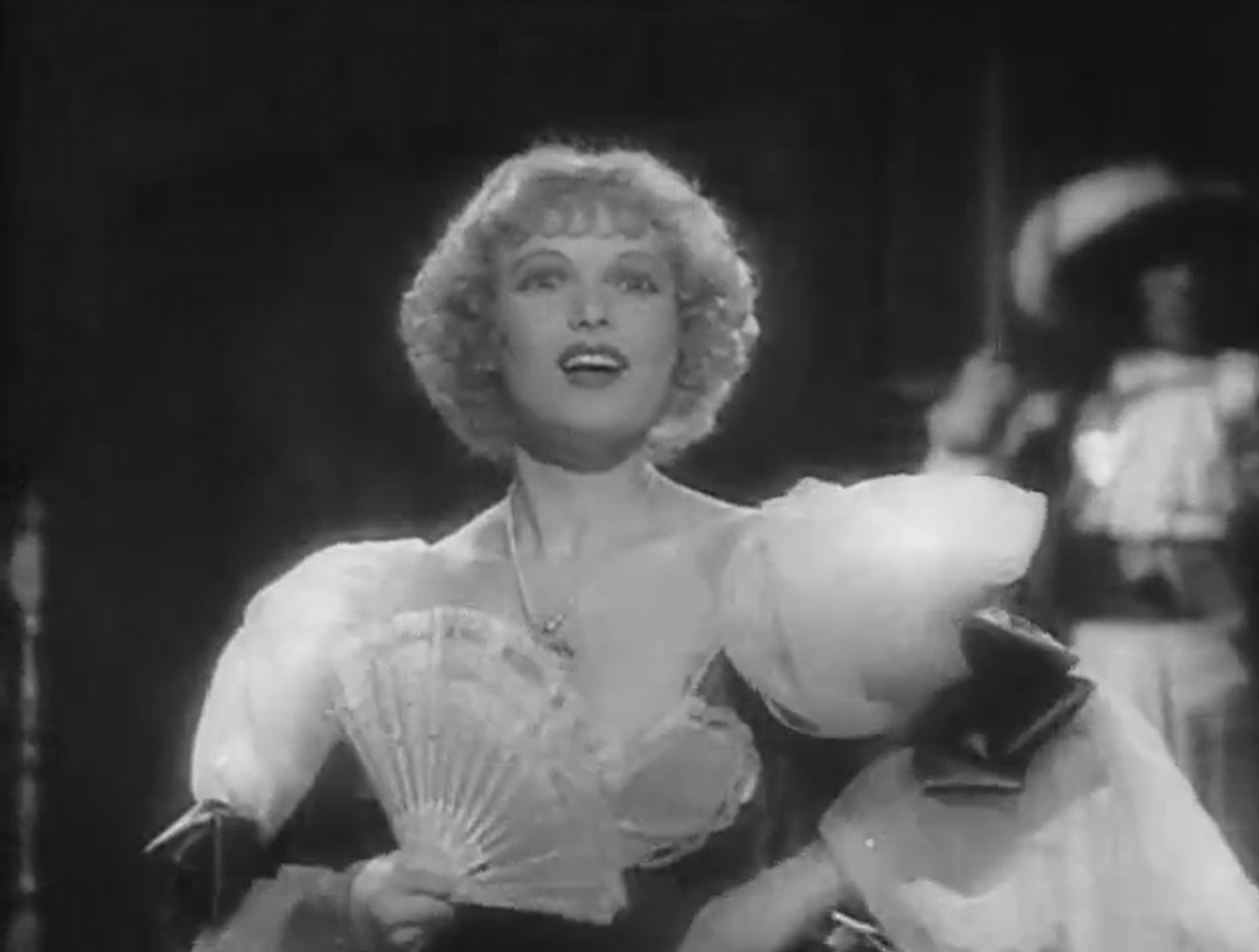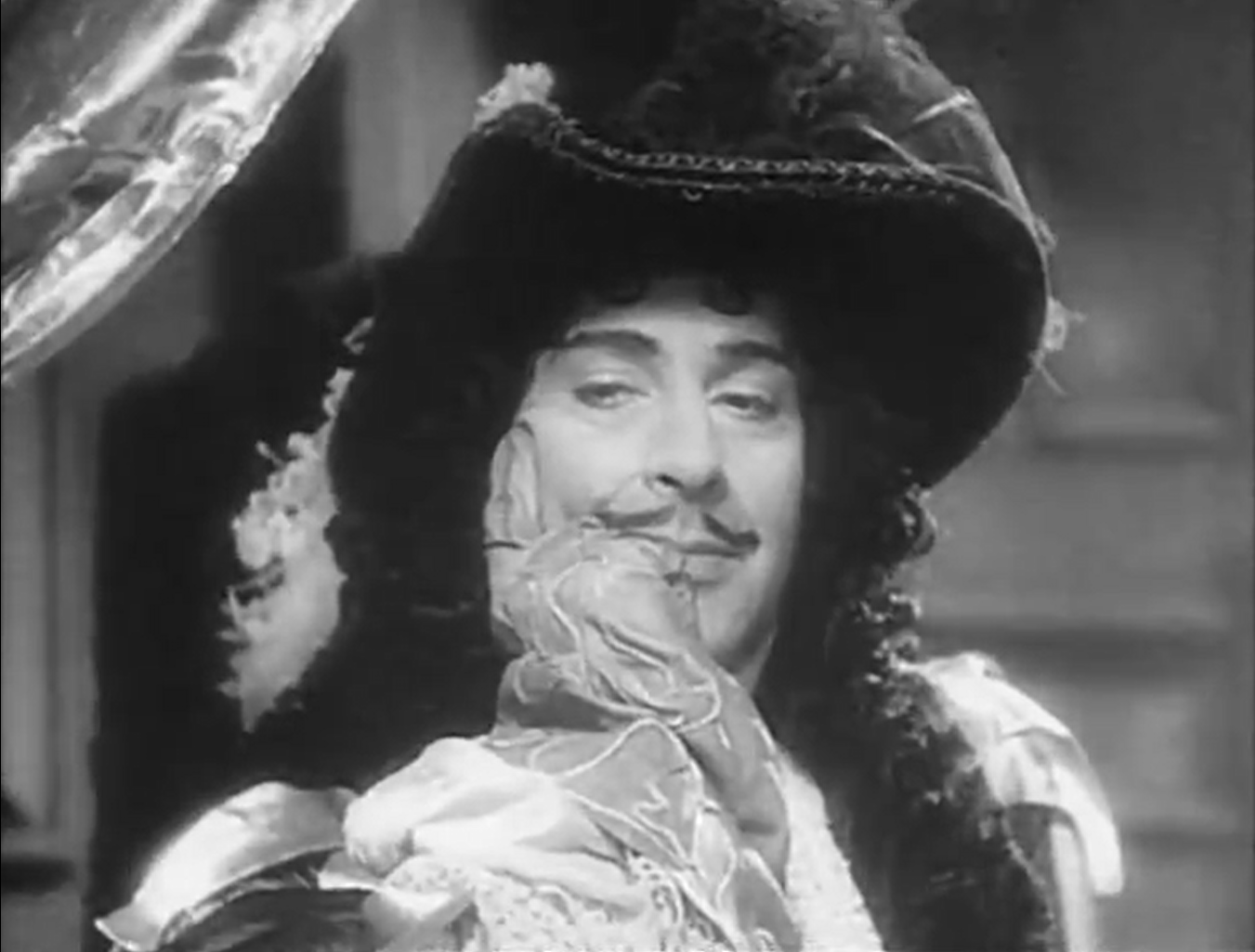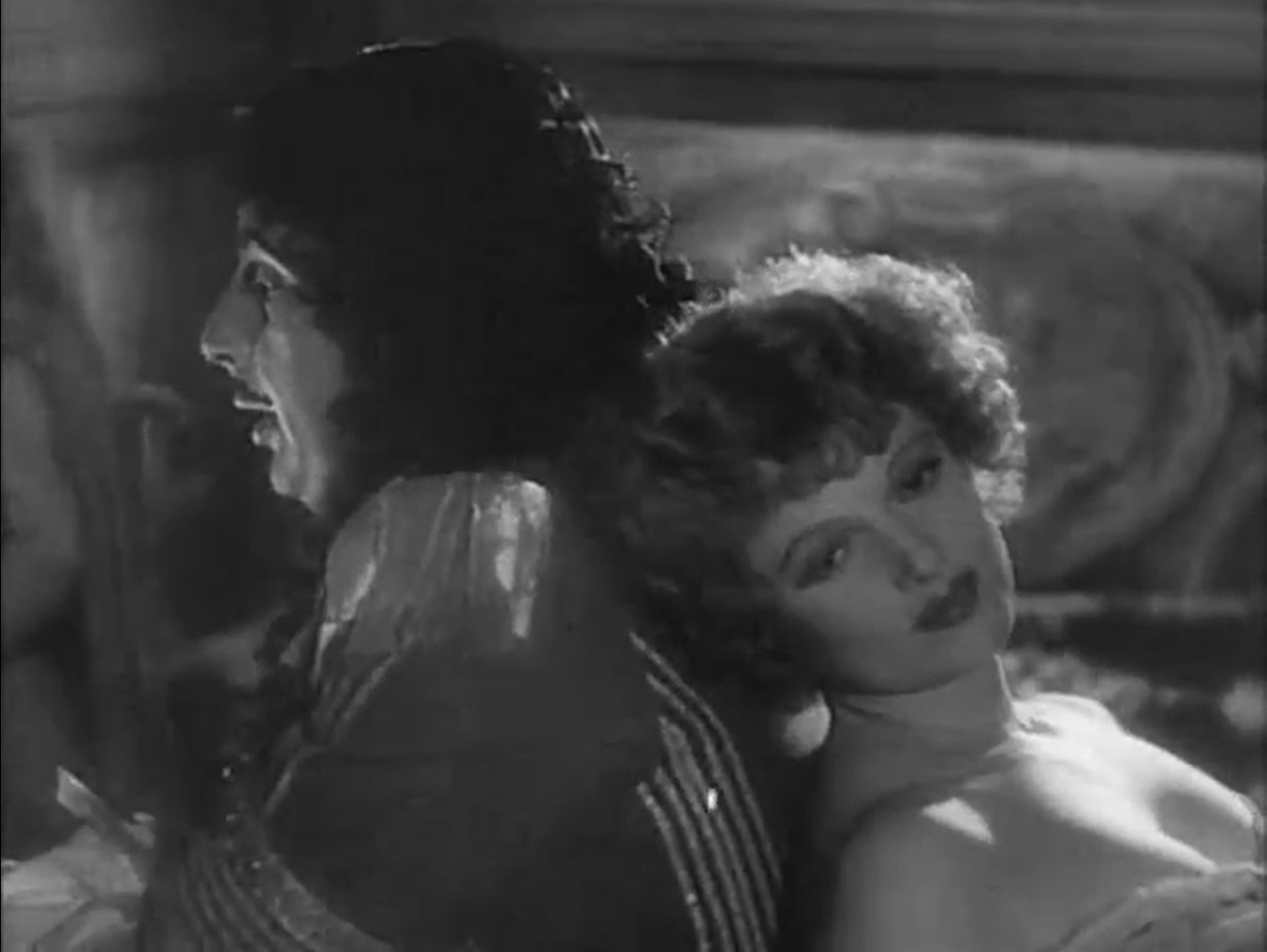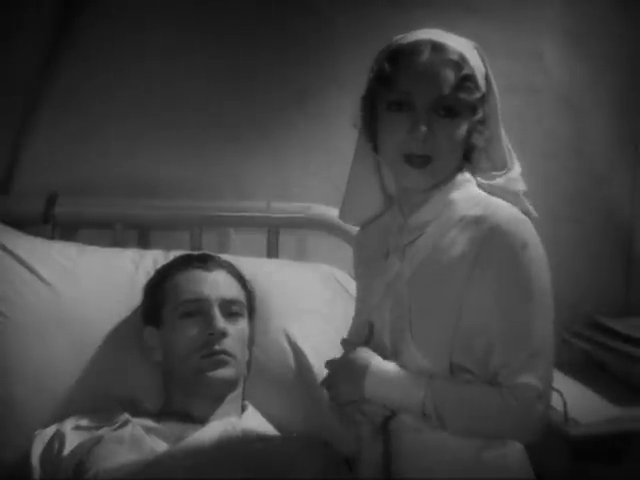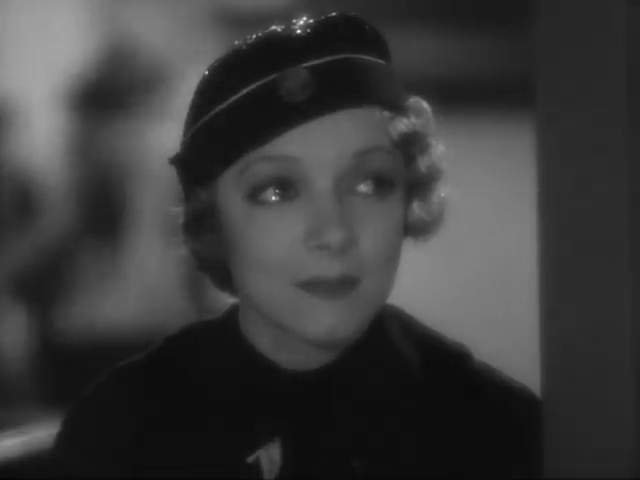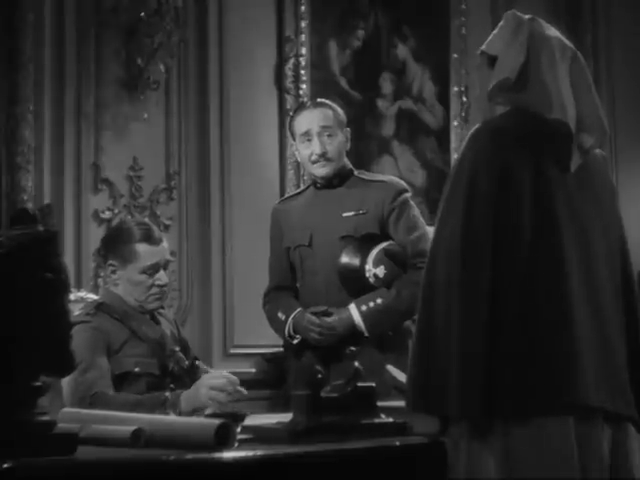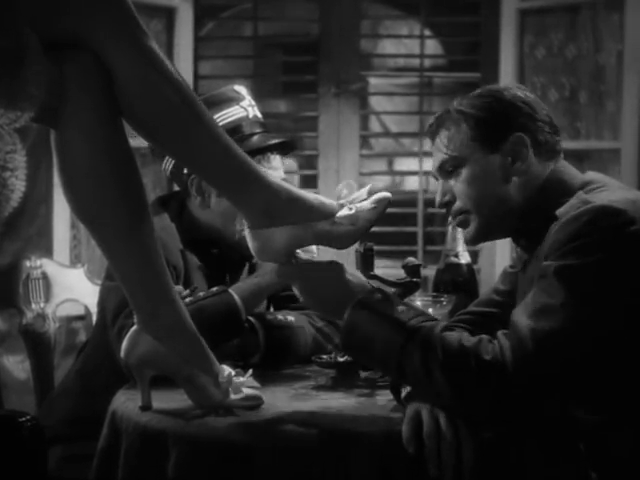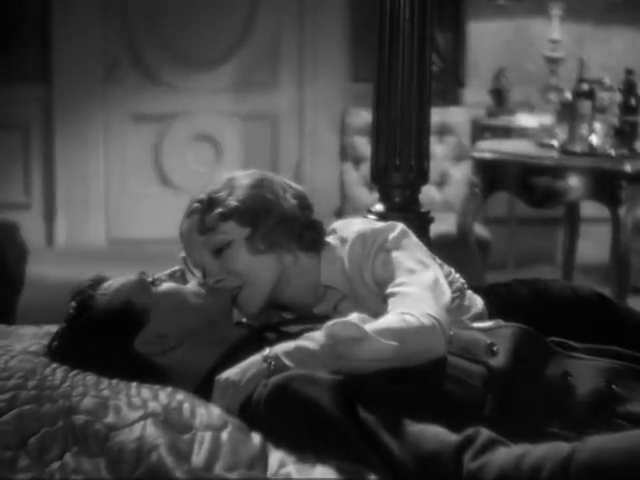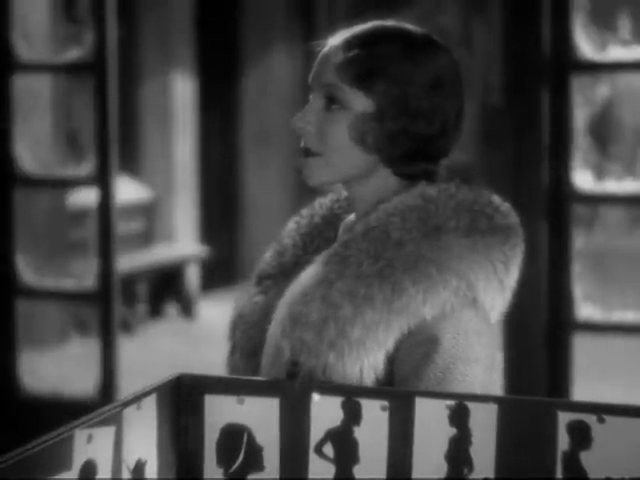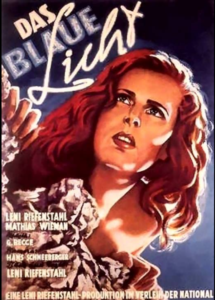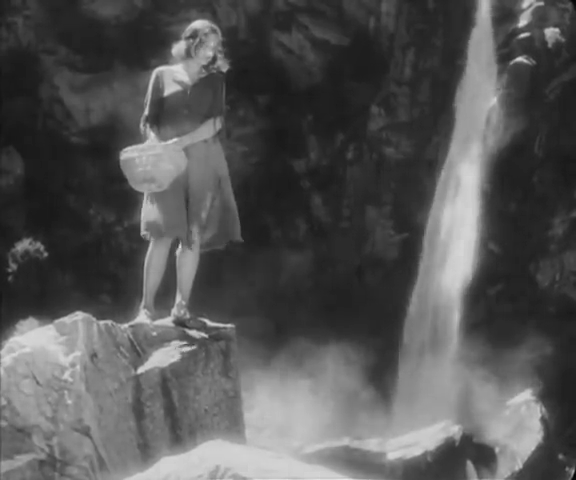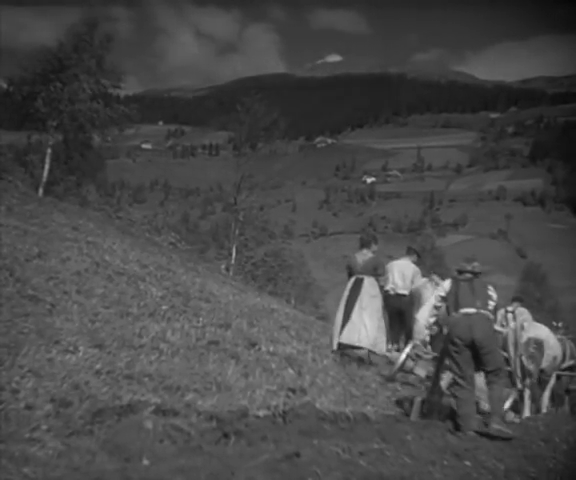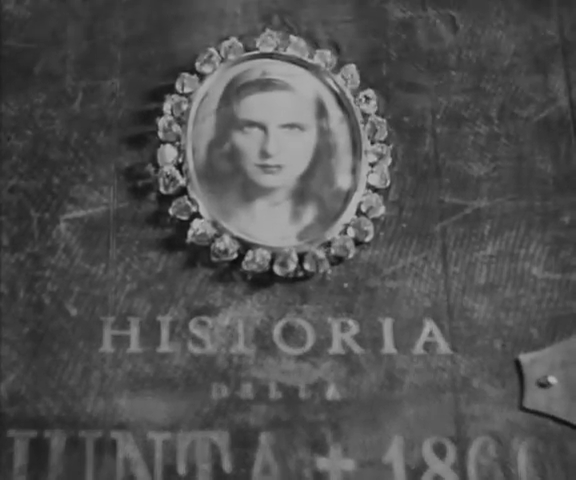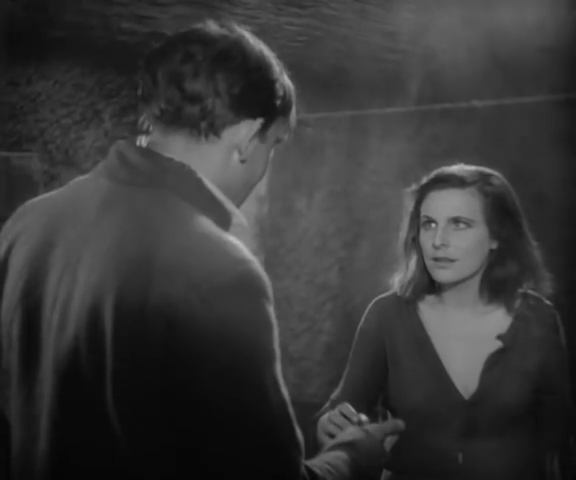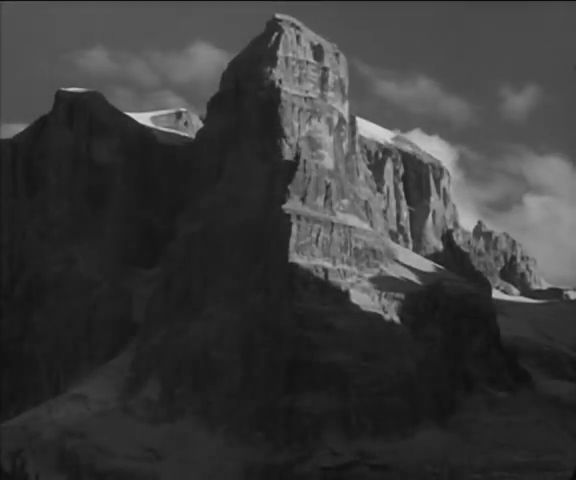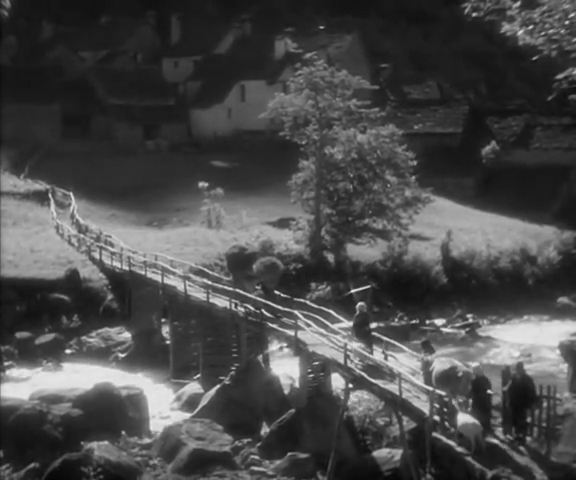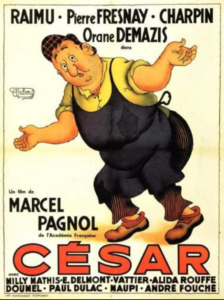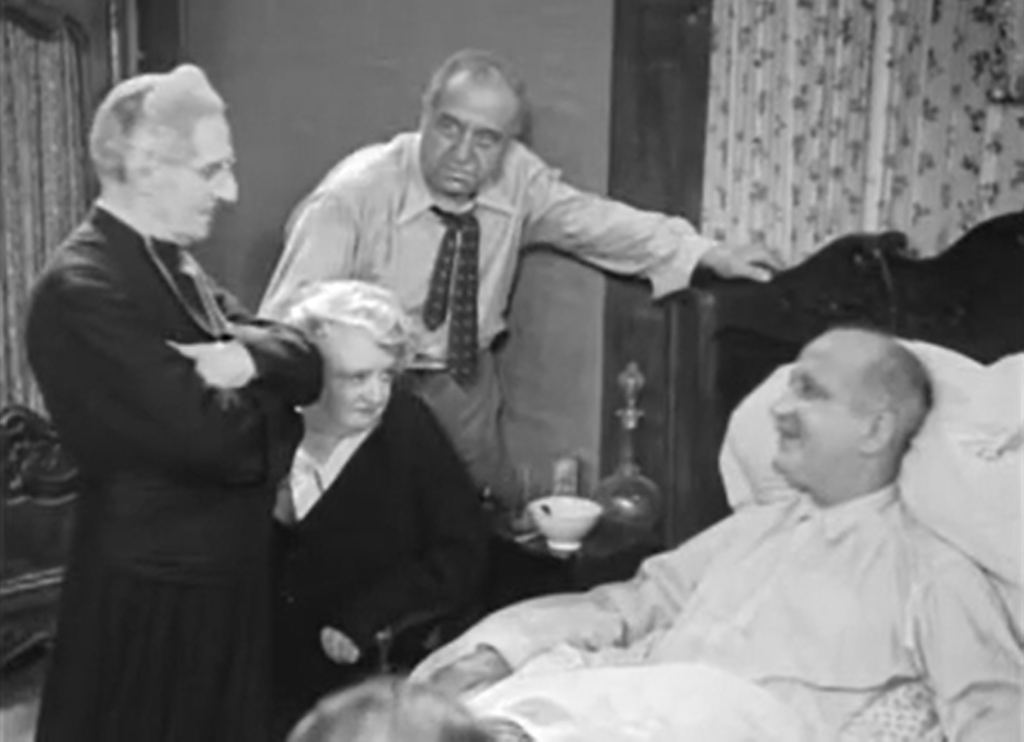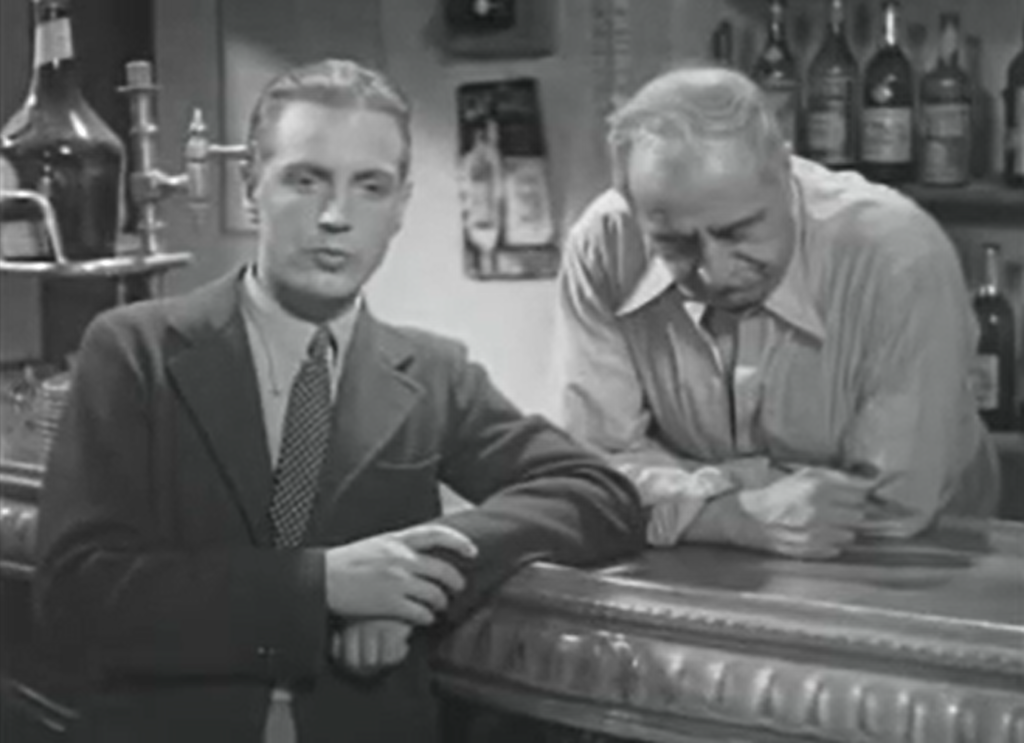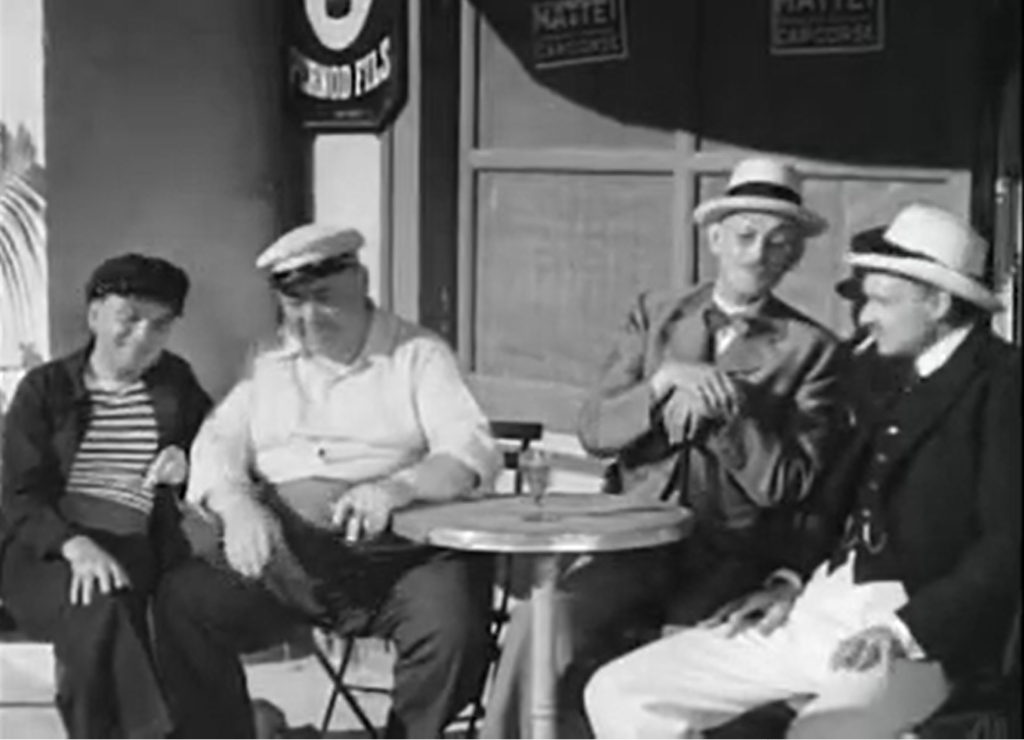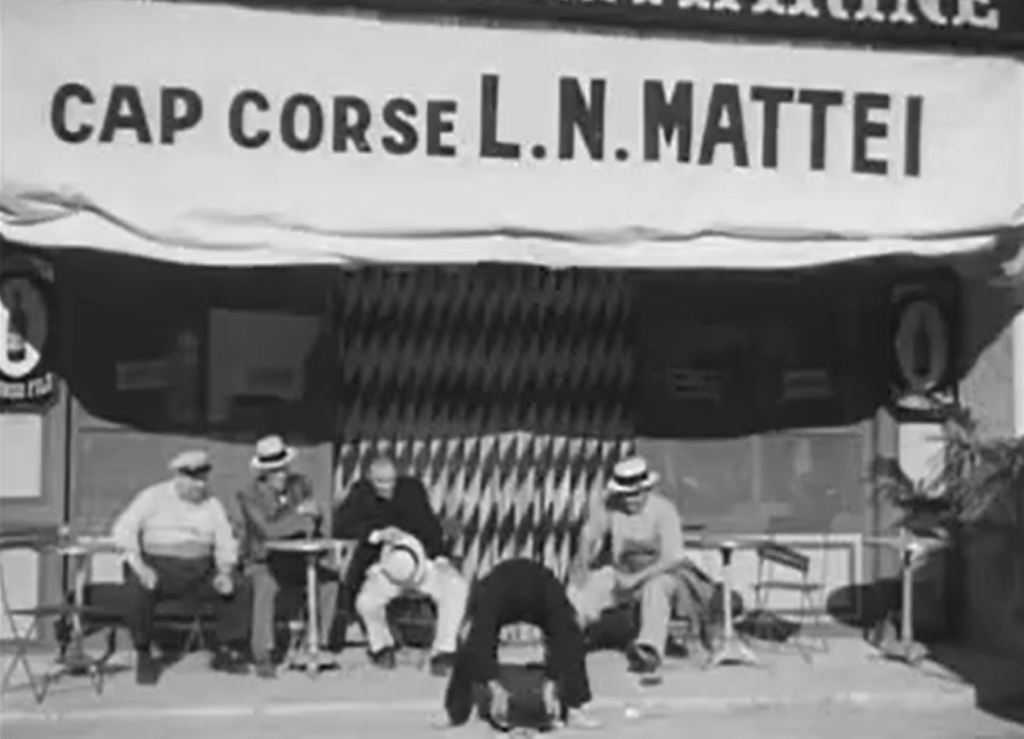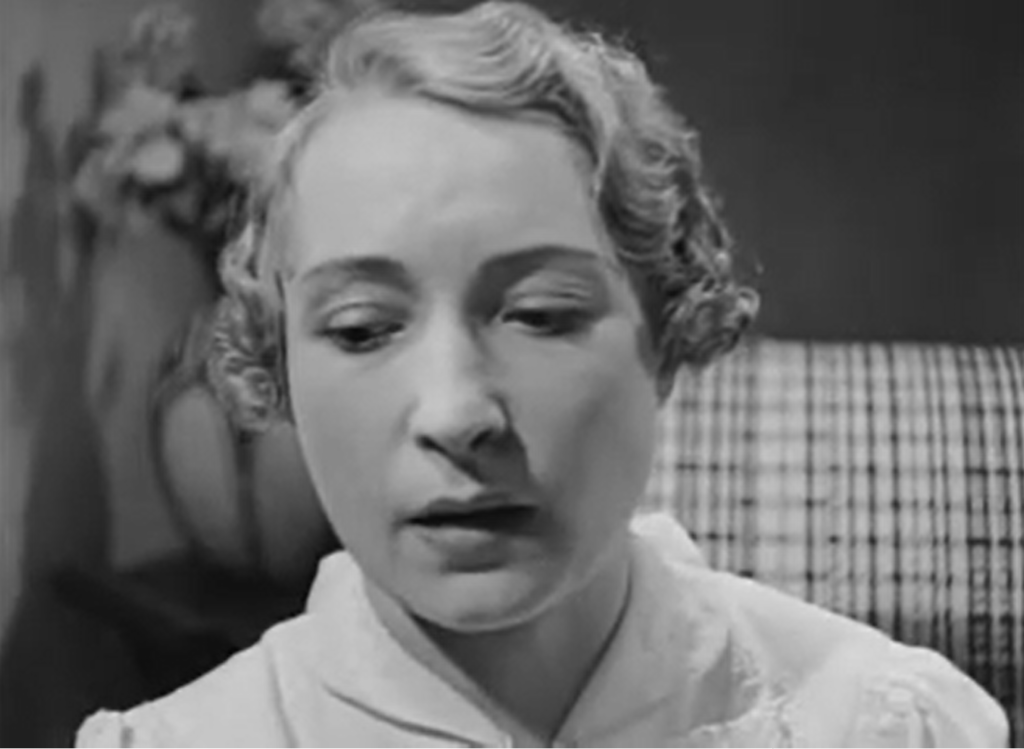Death Wish (1974)
“What about the old American custom of self-defense? If the police don’t protect us, we ought to do it ourselves.”
|
Synopsis: |
|
Genres, Themes, Actors, and Directors:
Response to Peary’s Review: Peary adds that it’s “no wonder” Bronson’s “liberal New York architect Paul Kersey” became “a hero to millions of moviegoers,” given “how director Michael Winner stacks the deck to make vigilante justice the only recourse against widespread crime.” He further notes that the film “makes the absurd assumption that every person who demands money from Kersey is planning on killing him and, therefore, must be killed instead of just being scared away.” (I actually don’t think this assumption is being made — rather, Bronson is sick and tired of criminals getting their way, and doesn’t really care what their motive is.) Peary adds that the “film’s most interesting aspect is that Kersey gets physically ill from his initial killings”: He notes, “I wish this had been emphasized a bit more and that someone other than Winner had directed (Robert Bresson would be the dream choice).” While Peary asserts that Bronson “was the right person to play Kersey, who would reprise his character in Winner’s two atrocious sequels,” I find his one-note performance distinctly lacking: Why doesn’t this guy react with even a little bit more emotion after the death of his beloved wife? (Poor Hope Lange’s role is throwaway at best.) We’re led to believe that he’s simply channeling his grief into vengeance, but where’s the grief itself? See the “Every Wrong with Death Wish in 13 Minutes” video clip for affirmation about all the other inconsistencies and inanities littering this film. There are a couple of “notable” cameos to be on the lookout for: Jeff Goldblum has an embarrassingly awful role as one of the three thugs asssaulting Bronson’s family: … and Ghristopher Guest shows up as the policeman who finds Bronson’s gun: Notable Performances, Qualities, and Moments: Must See? Links: |
